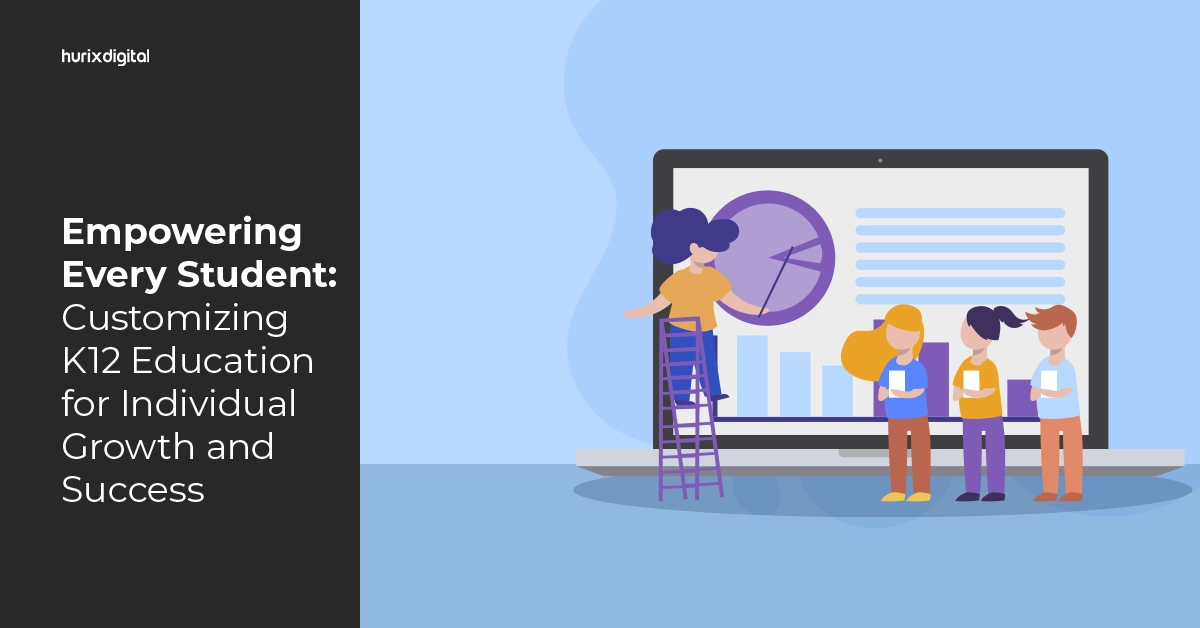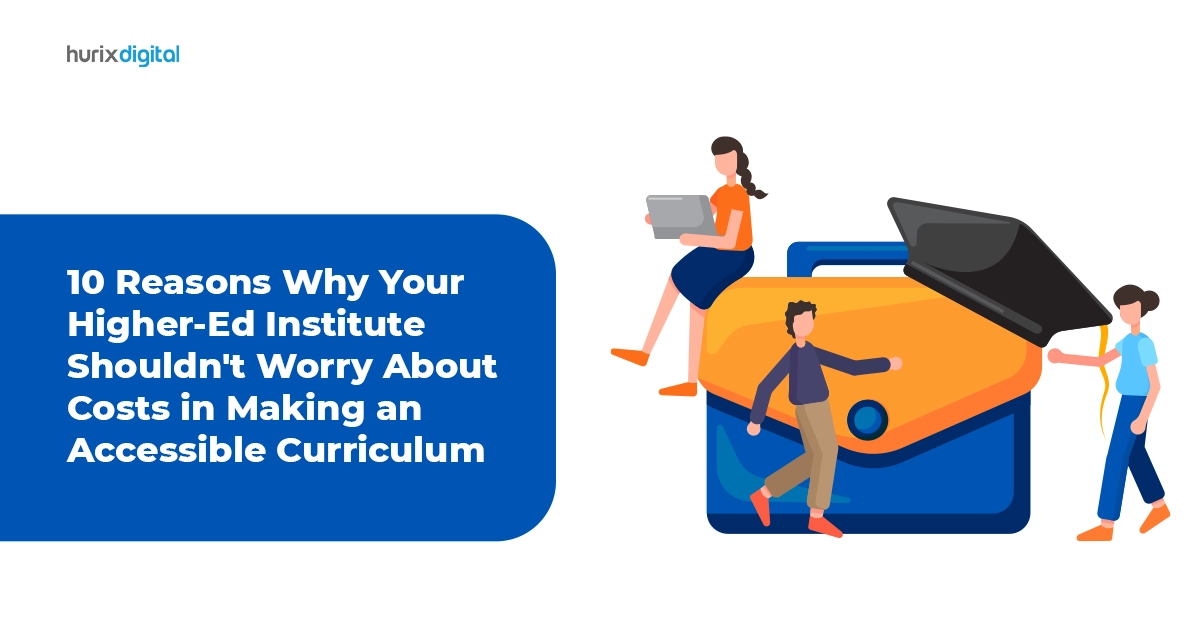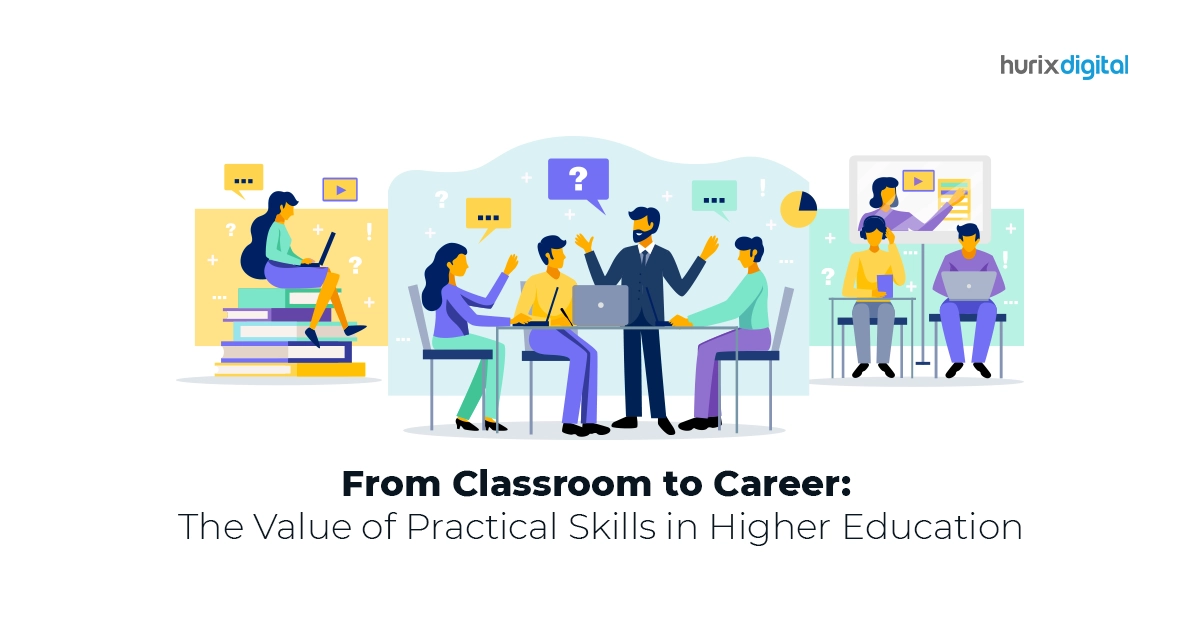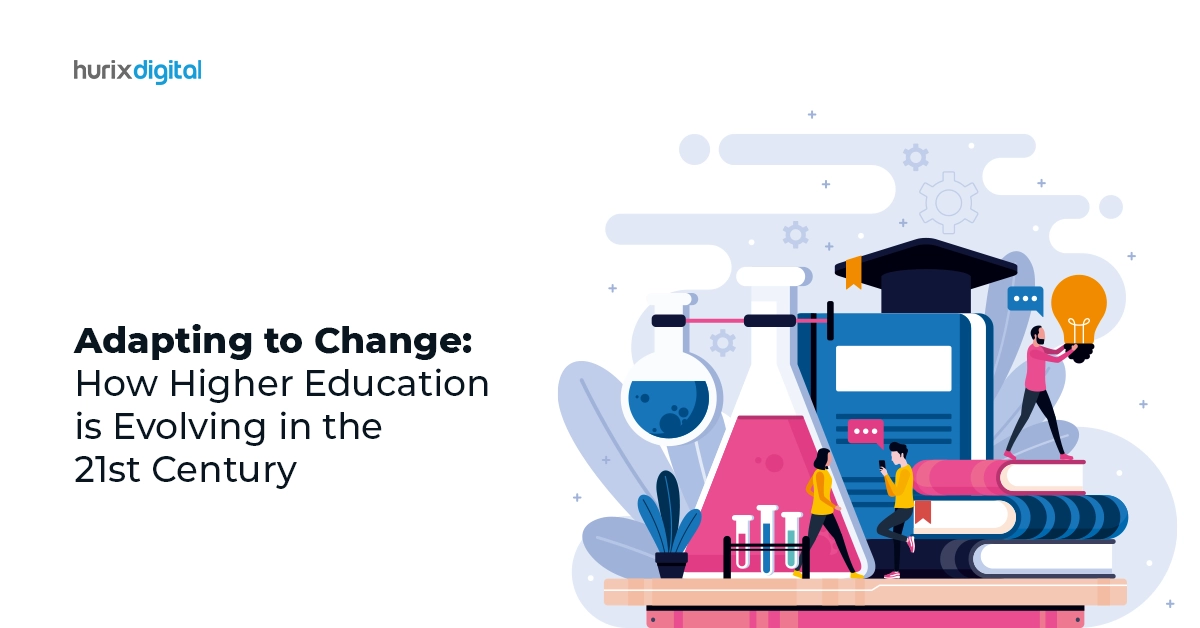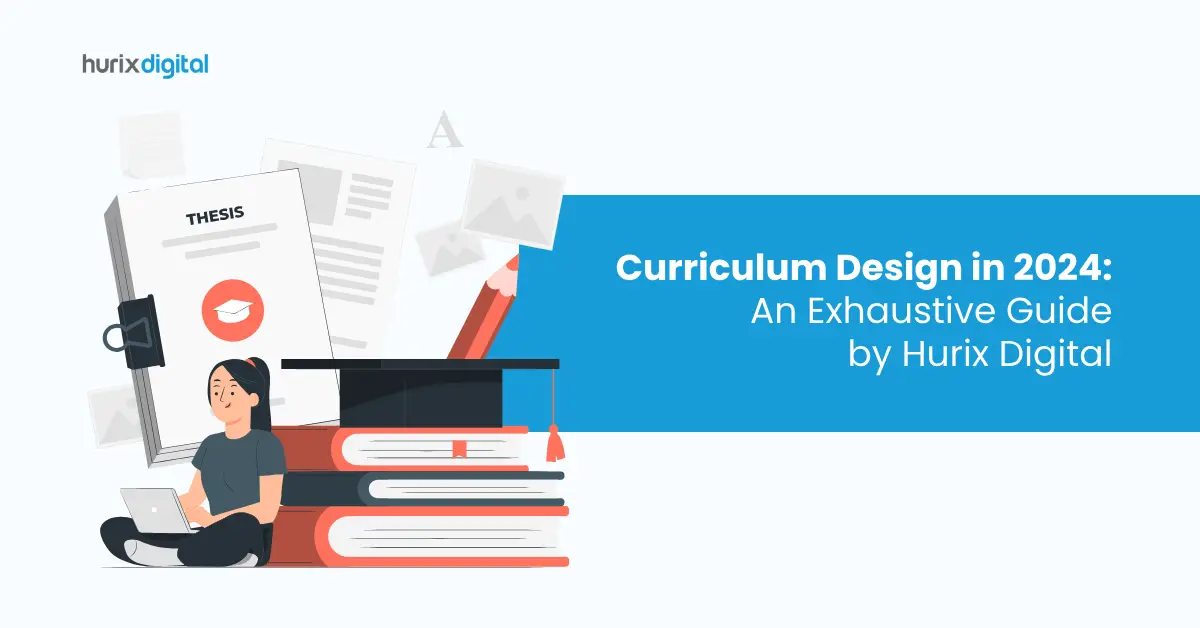Summary
Designing a physical education curriculum requires meticulous planning. This blog includes key processes like setting clear goals, mapping out units, selecting appropriate activities, allocating time effectively, and continuously assessing the quality of the program.
Did you know that according to a 2019 CDC report, only 1 in 5 school districts in the United States require students to take physical education classes as a graduation requirement? This highlights the importance of a well-structured curriculum to ensure students receive adequate physical education to support their overall well-being.
Physical education is an integral part of any academic curriculum. This is because students in their growth phase must understand how to strike the right balance between physical health and mental well-being. As such, the importance of curriculum design and development in physical education cannot be overstated.
Developing a curriculum for physical education is a multifaceted process that demands thorough planning and execution. Here are 11 essential steps to design and develop an effective curriculum.
Table of Contents:
- 11 Steps To Physical Education Curriculum Design
- Set the Context and Tone For Curriculum Design
- Critically Analyze Various Physical Education Curricula
- Develop Clarity on Physical Literacy and Its Importance
- Set Goals Based on Grade-Level Outcomes
- Map the Curriculum Units after Triaging Outcomes
- Select Unit Activities
- Fix the Periods Per Unit Per Grade
- Consider Playground and Physical Activity Facilities Availability
- Finalize the Evaluation Criteria
- Keep Deliberating Over The Curriculum Map
- Develop a Robust Quality Assurance Plan
- Final Thoughts
11 Steps To Physical Education Curriculum Design
Curriculum development in physical education is a methodical process that has to be executed prudently to optimize outcomes. The key 11 steps in this direction have been discussed below to make the strategic process easier.
1. Set the Context and Tone for Curriculum Design
At the outset, it is critical to
- Deliberate over the personalities of your students
- Understand the motivations and attitudes that underline the requirements of learners
- Conduct student surveys to learn about their expectations
- Brainstorm collectively with veterans in curriculum design
These will offer you actionable insights into the perspectives of those for whom the curriculum in physical education is to be developed.
2. Critically Analyze Various Physical Education Curricula
Next, an expert team of teachers should be constituted who shall explore various effective curriculum models in physical education from across the globe. For this,
- Develop an understanding of qualitative physical education guidelines set down by UNESCO
- Cull and analyze prime aspects of selected curricula to figure out the reasons for their overwhelming success
- Gain clarification on national and regional guidelines and policies for curriculum designing for identification of priorities for goal setting
- Build a checklist of goals that would be accomplished through your curriculum
3. Develop Clarity on Physical Literacy and Its Importance
The goal-setting process is incomplete without an appreciation of the vital role of physical literacy. A thorough comprehension of physical literacy needs to be developed
- To instill in students self-assurance for embracing physical activity as life’s integral aspect
- To incorporate chapters that can promote the students’ abilities for developing movement patterns and skills for different durations and intensities
- To chalk out ways to develop physical competence to facilitate students’ participation in a broad array of physical activities in different settings
- To work out ways to inculcate key qualities for influencing movement so that students can appreciate the advantages of an active lifestyle
- To engage students in a range of personally challenging and effective activities regularly
An infographic can be created with key physical literacy points for identifying steps to evaluate them.
4. Set Goals Based on Grade-Level Outcomes
Once clarity on physical literacy has been developed, it is time to reflect on how the curriculum will develop grade-wise. For this, comprehensive grade-level outcome mapping is to be done so that the curriculum seamlessly transitions from one to another class.
Concurrently, the curriculum must phase-wise build the skills and understanding in students needed to appreciate the value of physical education and adapt accordingly.
5. Map the Curriculum Units after Triaging Outcomes
After the standard-wise goals have been defined, it’s time to map the curriculum. Start with the youngest learning grade in school and factor in the grade-level outcomes to develop unique course content for each grade.
Assess and organize the outcomes in associated blocks. Cross-check if some blocks have more content than others. Balance the same to create engaging unit blocks.
6. Select Unit Activities
After sorting all outcomes for a grade in unit blocks, you have to ascertain which activities will be included for respective units to empower students to achieve the expected results.
- Define the challenges to subject students to so that they can apply the acquired knowledge and skills to tactically surmount them.
- Write down different challenges and match them with the sports or physical activities that can help combat those challenges.
- Use your professional acumen, experience, and judgment for selecting relevant activities.
7. Fix the Periods Per Unit Per Grade
After selecting activities, estimate the number of physical education periods each grade will have in an academic year. Based on it, decide the number of periods to be allocated for each unit so that students can comfortably reach the desired outcomes. Assign a relative weight to each outcome to figure out the time needed to achieve it. Keep refining and improving the time set for each unit.
Consider the learning content students have been exposed to in previous academic years to ascertain the number of periods to assign for a unit.
8. Consider Playground and Physical Activity Facilities Availability
The pace of curriculum progress should be synced with the availability of physical activity facilities like gym, playground, etc. Check whether certain classes of different grades are overlapping. Plan the unit progress accordingly.
9. Finalize the Evaluation Criteria
The efficacy of the curriculum is reflected in the performance of learners in the evaluative assessments. You need a good framework to inspect the progress of learners and judge their growing aptitude in field and classroom-level exercises.
- Finalize a range of questions for each grade with a focus on evaluating the practical aspect of learning.
- Develop a visual learning journey that will capture key milestones in physical education learning.
- Determine the frequency of assessments so that students get enough time to reorient themselves to the changing needs of the curriculum.
10. Keep Deliberating Over the Curriculum Map
Keep reflecting on each unit of the curriculum map while teaching to scope out avenues for revising the same. This will help you incorporate new physical activities in place of obsolete ones. Your understanding of the time to be devoted to each unit will also grow. Revise the curriculum accordingly before the start of the next session.
11. Develop a Robust Quality Assurance Plan
The process of developing a systematic process for periodically reviewing the quality of the curriculum can be seen as the concluding step in curriculum design. Set an interval to review the provisions of physical education to ensure that the efficiency and quality of the course align with evolving student needs and contemporary teaching standards.
- The quality check can be carried out by a self-evaluation team within the school or by external assessors.
- Quality audits should be conducted and teachers’ efficacy as guides or torchbearers for learners must be checked.
- A set of key performance indicators can be finalized to gain valuable insights into the challenges, opportunities, strengths, and weaknesses of the curriculum.
Based on this, the content, teaching mechanism, and evaluation methods can be revised.
Also Read: How Can You Supercharge Your Curriculum in 2024 with the Power of Modern Tech?
Final Thoughts
In conclusion, designing and developing a physical education curriculum requires careful planning, detailed execution, and ongoing assessment. By embracing the outlined steps, educators can create curriculum frameworks that empower students to lead healthy, active lives and reach their full potential.
At Hurix Digital, we appreciate the importance of curriculum design in physical education and hence extend the support needed to design an engaging curriculum that can offer a holistic learning experience. Our experts blend contemporary technology with experiential insights to develop a bespoke curriculum in alignment with the needs of your students. Contact us for more information today!


